The topic of the role of Standard in the current Magic ecosystem was brought to my consideration by this recent article by Zac Hill: https://www.hipstersofthecoast.com/2023/11/the-standard-cube-part-1-the-standard-format/ It brought up some things I hadn’t really thought about that I’d like to expand on with my take on why it’s so hard to bring Standard back to have the role it once had in Magic.
In years past, Standard was a great format. It gave new players a way to get into the game, offered a constructed format for players to graduate into playing largely with cards they’d gotten through drafting, if they were regular drafters, and gave new cards and new mechanics room to shine in a constructed format. The block model, where three sets in a row were thematically connected wasn’t necessarily great for limited, but it offered cohesive themes to Standard. For a long time I could remember which blocks came in which order by thinking about the two different Standard formats each block occupied, one with the block before it and one with the block after it.
While all of this worked, Magic was designed around Standard. All of Wizards’ design resources went to building for Standard and every product release supported it. Standard was where the money came from, as it’s the format people needed new cards for.
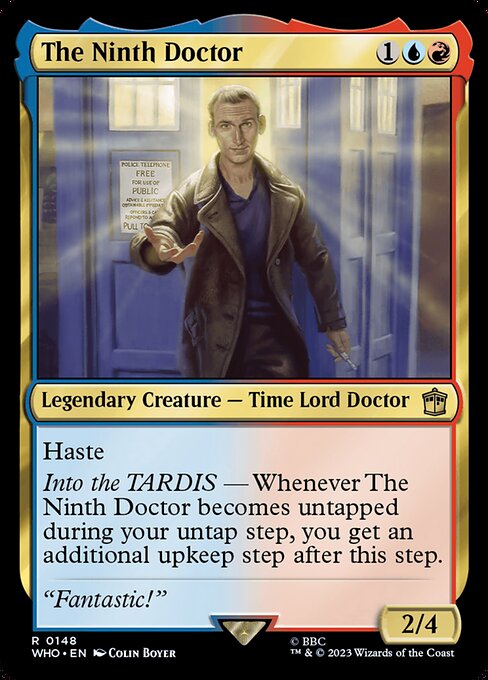
Product releases don’t work that way and Standard is no longer essential to Magic’s business model. These days, a huge portion of cards that are released are never legal in Standard. It used to just be Commander sets, but now we have Universes Beyond, Secret Lairs, direct to Modern sets, and now a player who started in the last year and only purchased newly released products likely can’t play most of their collection in Standard.
My understanding is that a large portion of new paper players who are brought into the game by friends enter the game through Commander. I also understand that the purpose of the Universes Beyond product line is to grow Magic’s audience by bringing in fans of other properties. New players aren’t just not directed to buy Standard cards, they’re typically directed not to.
Commander pre-cons are a much better value toward building a playable collection, and even if they want to buy booster packs, Set Boosters and Collector Boosters contain a lot of cards that aren’t legal in Standard, such that even if a player were trying to play Standard by buying packs of the appropriate set, they still couldn’t just build a deck out of cards they own and know that they could bring it to a Standard tournament, they have to know exactly what to look for to figure out which cards are legal.
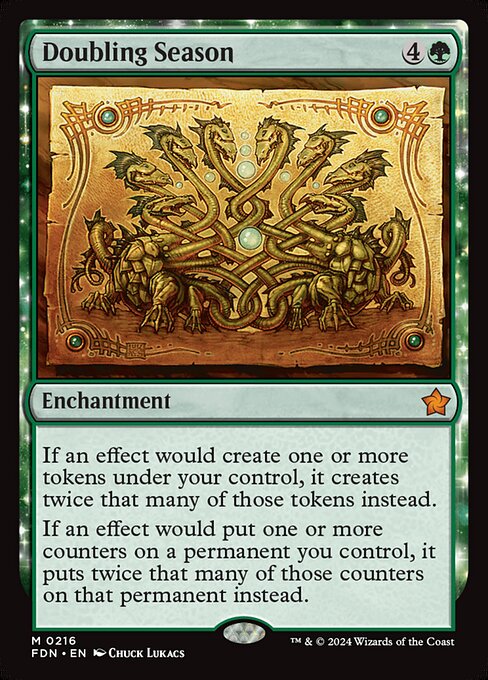
Draft Boosters contain fewer illegal cards, but if a player is buying cards to build a collection, they won’t be directed to Draft Boosters, and even if they are, those often include a bonus sheet card that aren’t legal in Standard.
The biggest organic appeal to Standard was that it gave players a format where new cards they got had the best chance of being playable because every new card was legal and the power level barrier to entry was lower. How is a player supposed to get excited about playing a format where they can’t play half of their new cards?
I’m primarily a limited player. I like building constructed decks out of cards I enjoy in limited. Standard was the perfect home for that, but even I’m most interested in building commander decks where I might be able to use some of those cards, but I can also use any other new card I read about that seems cool, and I can build for whatever power level I want, so I can make room for any cool card I want to.
Standard almost makes sense as an Arena only format, because a lot of the supplemental products aren’t available on Arena, but then Arena created its own supplemental products and its own explicitly Arena only formats. So now Standard can kind of be defined as containing the recent cards that exist both on Arena and in Paper, and it offers a bridge between those platforms.
As a competitive player with a large Arena collection, I’ll admit that there’s some appeal to that–if there’s a paper Standard tournament I can test for it on Arena, but it’s almost impossible for a format to be supported entirely through tournament support. There needs to be grassroots interest.
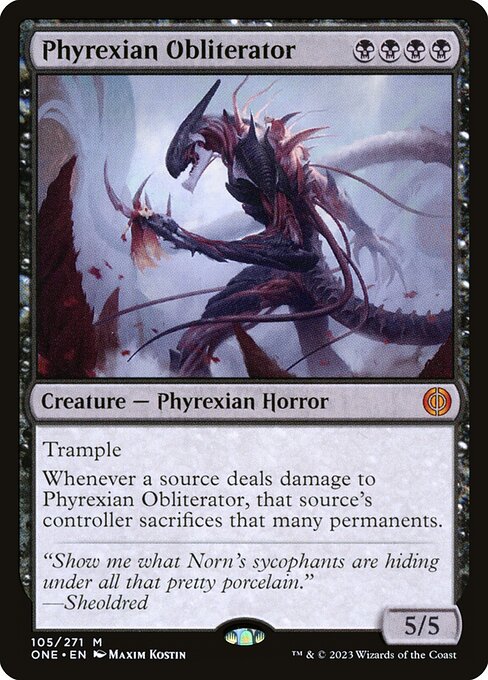
At one point, I thought Standard lost that interest because of the pandemic and people not necessarily maintaining Standard collections and a lack of tournaments to make them keep up with it, but now I think Standard was doomed as a function of the change in product releases.
I can’t really imagine who the casual audience would be for Standard, how anyone would get into it, or why they’d stay with it rather than graduating to other formats. Maybe Wizards creates a strong incentive for stores to host Standard tournaments, and then the reason to play Standard is to be able to participate in paper events, but I think such a move is too adversarial with player and retailer interests. The offering doesn’t fit the product and numbers will suffer. Modern allows players to play with more new cards and also doesn’t ask players to keep up with rotation, and also already has a dedicated following.
It’s almost impossible for a format to be supported entirely through tournament support. There needs to be grassroots interest.
I want to reiterate how insane it is that Modern allows players to play with more new cards, and further, that even Modern doesn’t allow players to play with that high a portion of new cards that are printed.
I get how it can be surprising that we ended up here. I get how it could make sense that Wizards could keep releasing everything they had been releasing, but also release other products for different players without interfering with the existing infrastructure, but that’s not really how it works. Magic is a social game, and people want to play with their friends. That means they want to play the same format their friends are playing. If you had a store where 10 people were playing Standard and you release a bunch of Commander product and 6 new people come and start playing Commander, it’s not surprising that some of the Standard players might make friends with the Commander players and want to play Commander with them, and that can shrink the Standard audience. Magic has always struggled with the fact that too many different offerings can split players too much, and Magic is trying to do a lot of different things at the moment.
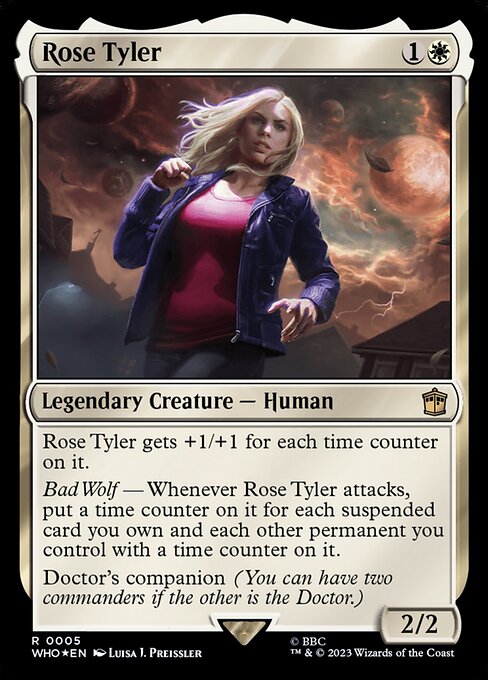
The blurring of kinds of products beyond competing releases into individual boosters (such as set boosters containing cards from commander sets) kind of destroyed any pretense to the idea that the new releases were just an additional offering that didn’t interfere with the existing system, and now I simply don’t see how there’s room for Standard.
So what can be done about this?
The easiest option is simply to sunset Standard as a format. While it had once been essential to Magic’s business model, I can’t believe it currently is–from my perspective it doesn’t really appear to be popular enough to really make a dent. As a tournament player, I’d rather have fewer formats at this point–I have most cards for several Modern and Pioneer decks, but I don’t even know if I have everything I’d need for any deck I’d want to play in either format. I’ve put decks together for them a few times recently, but since I don’t play tournaments in either format regularly. There are too many formats for me to try to keep up with all of them. If there were fewer, I could maybe maintain a deck for each, but as someone who might play cEDH, Old School, Premodern, Legacy, Modern, Pioneer, Standard, Pauper, and even Vintage, it’s just too much to keep a tournament ready deck for anything I might want to play. Hearing I’d never have to put a Standard deck together would be a relief for me personally.
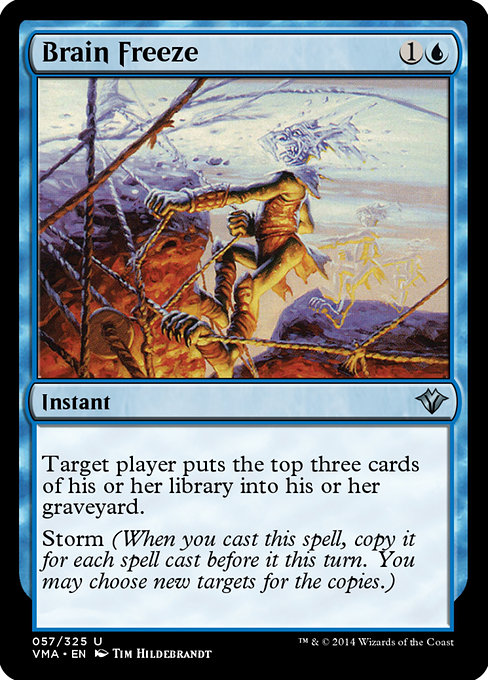
The other option is to focus on what people liked about Standard, what it did well, who it served, and figure out what would have to happen to create organic interest in the format. Zac discussed a lot of what he loved about it, and how important design’s role in playing to the right kinds of play patterns was for accomplishing those goals. That entire way of thinking feels so divorced from Magic’s current design philosophy and product line.
To me, the essential function of Standard was to give new cards a place to shine. This isn’t just to sell cards, though that was a huge part of it, but more importantly, it was just because new cards are fun and players are excited to get to use them. Standard needs to be a place where players can play with new cards. Not some subset of new cards, then people will just want to play a different format where they can play all their new cards. Standard is supposed to be the entry point to competitive play; it can’t be hard for new players to figure out which of their new cards they’re allowed to play with. What are the challenges to doing this?
There’s a desire to print cards that are too strong for Standard to impact larger formats like commander and Modern. Ok, but so what? Power level in Standard is arbitrary anyway, maybe the power level just includes those cards and fewer of the cards from regular releases.

There’s a desire to print cards that are designed for multiplayer. Yeah, and I don’t love cards that discuss the command zone in Standard, but these cards are all legal in Legacy, so clearly they can work in two player formats. This is just a different description of the previous issue.
There’s a desire to print Universes Beyond as a separate product line that doesn’t necessarily interfere with mainstream Magic. Sorry, everyone’s playing Modern and Commander where most of this stuff is legal anyway. I don’t think this is a place where it’s worth trying to have your cake and eat it too–these things are either real Magic cards or they aren’t, and I don’t think their product goals can succeed if they aren’t. I think letting these just be normal sets is just the world we’re going to have to live with.
There are too many new cards coming out and it would overwhelm Standard and make it inaccessible financially. Yeah, I mean, that’s just true. I don’t know that the current release schedule is sustainable, but one thing I’ll suggest is the consideration that maybe Magic should move away from mythic rares. With so many cards coming out anyway, why do some of them need to be extra rare? It seems like there’s a general push to make cheap version of every card someone might need as a game piece to stop entry into the game from becoming prohibitive and a realization that expensive cards can always be created through premium versions. What if we dealt with some of the accessibility issue by going back to only three rarities. It wouldn’t offset the issue of many times as many cards coming out per year as there used to be, but it would at least help.
Would Standard be better if players could play every new card printed? I don’t know, but if the alternative is a format no one plays, it doesn’t seem like there’s much risk.

But what about Arena? Standard is the format it has in common with paper, but not every new card gets printed on Arena. Would it be feasible to put every new card on Arena? I have no idea. Is there a lot of value in these things lining up? I also don’t know that. How should this interact with Pioneer? If new cards are legal in Standard, would those cards also be legal in Pioneer? If they are, what about cards from commander sets that came out while those cards weren’t Standard legal?
These questions are difficult and I don’t know the answers. I also don’t know that a Standard format that allowed all of these cards would be good idea, and I don’t know if things would be better if some part of the designed process changed to account for this, and whether that’s good or possible.
I simply think the current approach to the issue isn’t realistic as it relates to understanding the player experience with the current product lines, and something should be done very differently.
Sam Black (any) is a former professional Magic player, longtime Magic writer, host of the Drafting Archetypes podcast, and Twitch streamer. Sam is also a Commander Cube enthusiast, and you can find Sam’s cube list here. For anything else, find Sam on Twitter: @SamuelHBlack.

